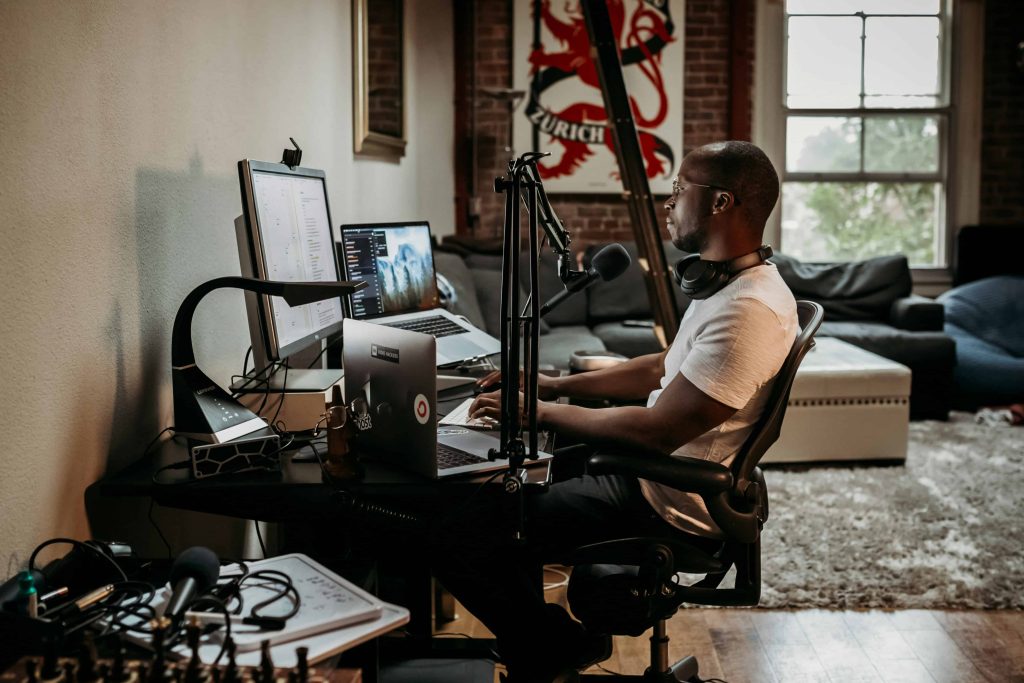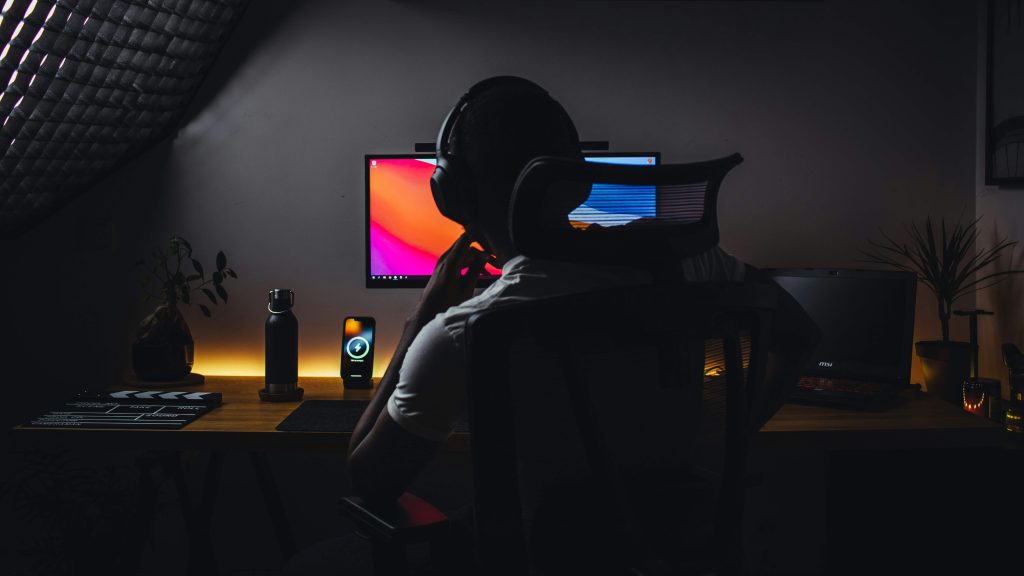
03 Jul Safeguarding Your Intellectual Property in the Wild West of the Internet
Introduction
In the dynamic expanse of the internet, a constant influx of diverse content is generated and disseminated at an unprecedented rate. In this digital era, grasping the intricacies of copyright laws becomes paramount to safeguarding creative works. This exploration delves into the pivotal role of copyright in the realm of online content, unraveling the complexities surrounding its enforcement. As the virtual landscape continues to evolve, the article scrutinizes potential threats that creators face and emphasizes the indispensable need for robust protective measures. Join us in navigating the intricate web of copyright in the digital age, where the stakes for creators and their creations have never been higher.
Understanding Intellectual property in the Digital Age
Basic Principles of Copyright Law
Copyright law safeguards diverse works like literary, artistic, and musical creations, granting creators exclusive rights like reproduction, distribution, and adaptation. The duration of copyright varies, providing a comprehensive framework for intellectual property protection in the creative realm.
Application to Specific Online Content Elements
Text and Written Content
Copyright safeguards textual works such as blog posts, online articles, and other written works, granting authors exclusive rights to their efforts.
Images and Photography
Visual content, including images and photographs, is rigorously protected against unauthorized use, preserving the rights of photographers and visual artists to control the distribution and reproduction of their creative works.
Videos and Audio Recordings
Audiovisual content, such as videos and recordings, enjoys robust copyright protection, allowing creators to maintain control over their audiovisual creations and fostering a fair and competitive creative landscape.
Software and Code
Copyright protects coding and software development, which promotes innovation in the digital sphere. This protection ensures that developers have the exclusive right to reproduce, distribute, and adapt their software, promoting continued advancements in technology.
Websites and Databases
The structure and content of websites and databases are subject to copyright laws, safeguarding the unique arrangement and compilation of information. This protection encourages the creation and maintenance of valuable digital resources while respecting the intellectual property rights of content creators.
Why Copyright Laws Matter for Online Content
Protecting Creators and Their Work
- Fair Compensation: Copyright ensures creators are compensated for their efforts.
- Encouraging Innovation: It fosters a culture of continued creation and innovation.
- Preventing Unauthorized Exploitation: Safeguards against unauthorized distribution and exploitation.
Maintaining a Fair and Balanced Online Ecosystem
- Level Playing Field: Promotes fairness among creators and publishers.
- Preventing Monopolies: Deters unfair competition based on stolen content.
- Fostering Trust: Builds confidence in the online content market.
Supporting Freedom of Expression and Access to Information
- Balancing Protection and Use: Fair use exceptions enable responsible sharing.
- Dissemination of Knowledge: Allows for the responsible spread of information.
- Diverse Content Landscape: Promotes a thriving online content environment.
Challenges and Considerations in the Digital Age
- Technological Change: The relentless pace of technological advancements in the digital age presents a formidable hurdle in enforcing copyright laws. As new tools and methods emerge, legal frameworks struggle to keep up, demanding constant adaptation to safeguard intellectual property rights in an ever-evolving landscape.
- User-Generated Content: The surge in user-generated content complicates the landscape of ownership and copyright. Defining the boundaries between creator rights and user contributions becomes intricate, necessitating nuanced legal solutions to strike a balance that encourages creativity while protecting the rights of original content creators.
- International Differences: The global nature of digital communication clashes with the diverse legal landscapes across nations. Varied copyright laws and enforcement mechanisms create a complex web, hindering seamless global content sharing. Bridging these international differences demands cooperative efforts and innovative legal frameworks to facilitate cross-border collaboration and protect intellectual property on a worldwide scale.
- Role of Platforms: Internet platforms wield significant influence in the battle against copyright infringement. As intermediaries connecting creators and consumers, platforms play a crucial role in implementing effective enforcement measures. Striking the right balance between fostering innovation, free expression, and preventing intellectual property violations places platforms at the forefront of shaping the digital age’s legal and ethical landscape.
Conclusion
In the ever-evolving digital landscape, understanding and navigating copyright laws are paramount for creators and the online content ecosystem. This exploration emphasizes the crucial role of copyright in safeguarding diverse works, from text to multimedia, in the face of technological challenges. Copyright not only ensures fair compensation and encourages innovation but also fosters a balanced online ecosystem. However, the complexities of user-generated content, international differences, and the role of platforms present ongoing challenges. As we delve into the digital age, collaborative efforts and innovative legal frameworks are essential to protecting intellectual property rights globally and ensuring a vibrant and ethical online creative environment.
Key Takeaways
- Digital Copyright Fundamentals: Copyright law safeguards diverse online content, providing exclusive rights for text, images, videos, software, and websites. Creators enjoy comprehensive intellectual property protection.
- Content-Specific Protections: Various content types—text, images, videos, software, and websites—have distinct copyright protections, ensuring creators maintain control over their creations in each category.
- Significance of Copyright Laws: Copyright is crucial for fair compensation, innovation, preventing exploitation, and maintaining a balanced online ecosystem. It promotes fairness, prevents monopolies, builds trust, and supports freedom of expression.
- Challenges in the Digital Age: Rapid technological change poses enforcement challenges, demanding constant adaptation. User-generated content complicates ownership, requiring nuanced legal solutions. International differences hinder global content sharing, requiring cooperative efforts and innovative legal frameworks.
- Adaptation and Cooperation: Navigating the digital copyright landscape demands continuous adaptation to technology and collaborative efforts to address international differences. Internet platforms play a crucial role in shaping the legal and ethical landscape.
Frequently Asked Questions
How does copyright law apply to user-generated content?
Copyright law’s application to user-generated content involves navigating complexities in ownership boundaries. Nuanced legal solutions are required to balance creator rights and user contributions, fostering creativity while protecting original content creators.
What role do internet platforms play in enforcing copyright laws?
Internet platforms serve as intermediaries between creators and consumers, wielding significant influence in combating copyright infringement. Striking a balance between innovation, free expression, and preventing intellectual property violations, platforms shape the digital age’s legal and ethical landscape.
How do international differences impact digital copyright enforcement?
International differences in copyright laws and enforcement mechanisms create a complex web, hindering seamless global content sharing. Bridging these gaps necessitates cooperative efforts and innovative legal frameworks to facilitate cross-border collaboration and protect intellectual property on a worldwide scale.
Discover the essential steps and best practices necessary to safeguard your website’s integrity and earn the unwavering trust of your visitors with our comprehensive SSL certificate implementation guide.




